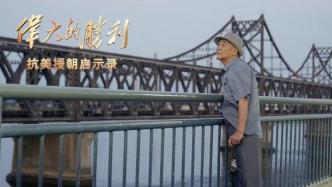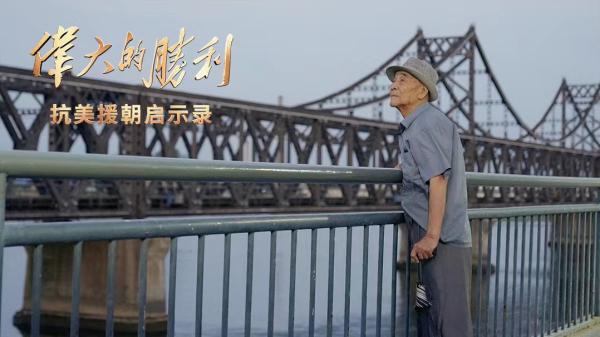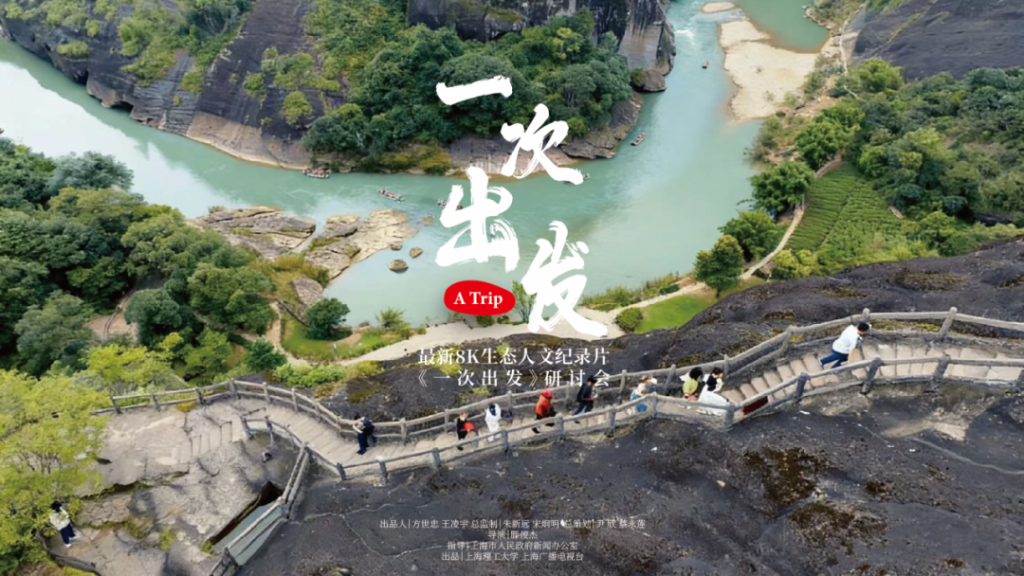
To commemorate the 70th anniversary of the victory of the Great War to Resist U.S. Aggression and Aid Korea, a four-part documentary "The Great Victory: Revelation to Resist U.S. Aggression and Aid Korea" jointly produced by the Propaganda Department of the Jiangsu Provincial Committee of the Communist Party of China, Jiangsu Provincial Radio and Television Bureau, and Jiangsu Radio and Television Station will be broadcast tonight on Jiangsu Satellite TV It airs during prime time in the evening.
The whole film is divided into 4 episodes including "Strength", "Strength", "Blood" and "Wisdom", each episode is 50 minutes, and will be broadcast on Jiangsu Satellite TV from November 6th to 9th.

Stills from "The Great Victory: Apocalypse to Resist U.S. Aggression and Aid Korea"
The documentary "The Great Victory: Apocalypse to Resist U.S. Aggression and Aid Korea" focuses on the national spirit of not fearing violence and resisting power, the national strength of united and united people, the national blood of sacrificing one's own life and living for death, and the national spirit of being upright, innovative and moving forward courageously. Four themes including wisdom are developed. The whole film closely follows the themes of character, strength, bloodiness and wisdom. Through the review of the main processes and important battles of the War to Resist U.S. Aggression and Aid Korea, it deeply excavates and presents in detail classic battle cases, heroic models, and touching stories from the front and rear, accurately interpreting the achievements of the War to Resist U.S. Aggression and Aid Korea. Precious revelations of great victory.
The film uses a combination of oral history from eyewitnesses, interviews with authoritative experts, documentary interviews, scene reenactments, and hand-drawn animations. It also makes full use of relevant precious documents, historical archives, and images. In order to dig out more vivid and detailed historical details, the film crew went to more than ten provinces and cities to interview and film hundreds of volunteer veterans, descendants and witnesses, conducting rescue interviews.
In order to supplement and confirm the accounts of those who experienced it, the film crew sorted out the massive materials collected, and disclosed in the film precious materials such as diaries, letters, memoirs, and original archives of those who experienced it, many of which were made public for the first time. For example, the story of the Jilin Panshi Peasant Stretcher Team that entered North Korea at the same time as the first batch of volunteer troops, Wang Huiying, a veteran of the War to Resist US Aggression and Aid Korea, recalled the memorial scene of super combat hero Yang Gensi, and the little-known experience of Zhu Guangya, the founder of the "two bombs and one star", participating in the North Korean armistice negotiations, etc. wait. These stories, full of historical details and strong emotions, provide an emotional connection point for people today to deeply understand the great spirit of resisting U.S. aggression and aiding Korea.
In addition, the film crew also visited many memorials, archives, and war sites in Russia, the United States, and South Korea, and interviewed more than 20 Chinese and foreign experts on military history, history, and international relations to interpret the grand background and international impact of the War to Resist U.S. Aggression and Aid Korea. and profiling.


